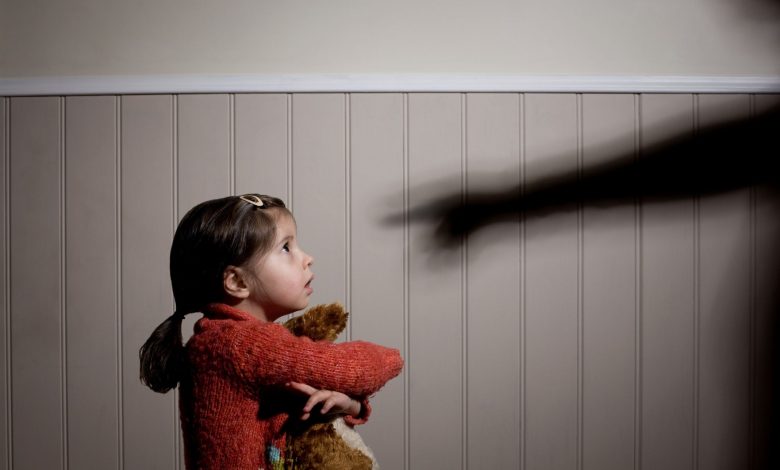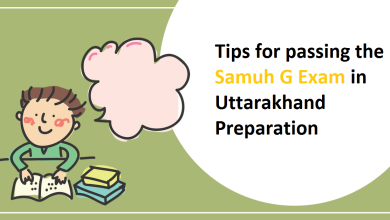Child Abuse And Protection

And now, let’s take a moment and talk about Child Abuse Child Protection , a subject none of us really want to talk about but is vitally important, especially if you work in an industry where you might be mandated to be a reporter of abuse or neglect and we’re going to cover that next. If you see any abuse then you should always contact any CPS organization like CPS Arizona. First, let’s find out a little bit of background about this subject. According to the U.S. Department of Health and Human Services Administration for Children and Families, child abuse and neglect is one of the nation’s most serious concerns. In 2008, an estimated 772,000 youngsters were judged to be victims of abuse or neglect. Now a majority of these victims, which is around 71%, were sufferers of neglect while 16% suffered physical abuse, 9% was sexual abuse and 7% suffered psychological abuse. Now, depending on your state laws, you may actually have a legal requirement to report suspect abuse as a mandated reporter. This requirement often includes teachers, daycare providers, EMS workers, coaches, camp staff, as well as other professionals. There are many articles written on the topics
Child Abuse
Abuse can occur in a variety of environments, including childcare centres, schools, religious institutions, recreational and athletic programmes, camps, residential facilities, and, worst of all, at home. Now we are going are to talk about Child Abuse and Child Protection
Types Of Child Abuse Found Nowadays
Neglect Abuse
The most pre-dominant type of abuse would be neglect, followed by physical abuse and then sexual abuse. Neglect is something that means despite available resources, the parent fails to provide food, clothing, shelter, supervision or does not seek medical attention for serious illness or injury and this can happen for a number of reasons but a family crisis such as a job loss or a serious illness to a caregiver or a divorce. Neglect also results from chaotic households and no structure or routines or their homes may have very little space for the child. So indicators might be that the child may be undernourished and is usually hungry. They may often be lethargic and the child hasn’t slept well. Chronically they have injuries that you can attribute to a lack of supervision including being harmed by other people. They may beg for food as a result of chronic hunger. They have noticeably poor hygiene. They’re inappropriately dressed for the weather. Frequent accidents and injuries. Teenagers get a difficult time connecting with anyone else.. They have poor self-esteem. Maybe they have attachment difficulties or social problems and are reduced to poor social behaviors. Maybe they have an inability to say no to inappropriate requests. So these are all different ways we can start to look at neglect and notice that there is a problem.
Body Abuse or Physical Abuse
Bodily abuse is defined as any act that causes a non-accidental physical injury to a kid, regardless of purpose. It can happen when a parent is frustrated or angry and strikes, shakes or even throws a child. Physical abuse may be something also like an intentional, deliberate assault, such as burning the child or biting or cutting, maybe even twisting of limbs. Now all children get bumps and bruises but it’s important to recognize when those bumps and bruises may be the indication that there’s physical abuse rather than just normal, childhood roughhousing. But in all cases, consider the context. Take into account the child’s explanation of the injury, the child’s age and behavioral changes that you notice in the child. Now some of the following signs may indicate true physical abuse. Questionable bruises and welts or other injuries on the face, around the lips and mouth, on the torso, on the back, the buttocks and the thighs, in various stages of healing, in other words, the bruises might be different colored, reflecting the shape of the object used to inflict the injury, in other words an electric cord or belt buckle; you might be able to see that mark, consistent with human bite marks. Questionable burns, like cigar or cigarette burns, especially on the soles, palms, the back or buttocks. We’ve even seen immersion burns, or sock-like burns, where they’ve put the newborn or toddler in hot water. Donut shaped burns on the buttocks or genitalia. Burns, burn patterns, that are like electric stove burners, where they’re round and circular or an iron. Rope burns on arms and legs, neck or torso. Questionable fractures to the skull, the nose, the face, in various stages of healing. These all could indicate signs of physical abuse. So, the questionable cuts and scrapes, either to the lips, the gums or the eyes, to the external genitalia, could all be indicators of that type of abuse.
Sexual Abuse
Being uncomfortable with physical contact, being suspicious of adult contact, and being concerned when other children cry are some behavioural indicators. They may show emotional extremes like being afraid to go home. Arriving at school early or staying late, as if afraid to go home. Reporting being hurt by a parent. Complaining of soreness or moving uncomfortably. Wearing inappropriate attire for the weather in order to hide the body. Chronically running away from the home. We see this especially with adolescents. They may be reluctant to change clothes for gym activities. Attempting to hide injuries or bruises. So, how do you tell the difference between discipline, which is normal and abuse? It’s important that there be some distinguishing things between corporal punishment and abuse. Corporal punishment, such as spanking, may be used a discipline technique by parents or guardians to teach appropriate behaviour aggression or withdrawal. They may be frightened of the parents themselves.
These are some of the Child Abuse Child Protection we face nowadays. Now it is highly recommended that if any of us see any abuse, so we should call child protection services.






